Introduction
Cinnamon comes from trees of the Cinnamomum genus, primarily Cinnamomum verum (Ceylon cinnamon) and Cinnamomum cassia (Cassia cinnamon). If you've ever enjoyed a warm cup of chai, a spiced apple pie, or a fragrant cinnamon roll, you've likely encountered one of the most beloved spices in the world—cinnamon. This article explains the differences between these types, how they're harvested, and their culinary uses.
Table of Contents
- The Cinnamon Tree
- How Cinnamon Is Harvested
- Types of Cinnamon
- Cinnamon in the Kitchen
- Buying Guide
- Frequently Asked Questions
- Conclusion
The Cinnamon Tree
At the heart of all things cinnamon lies a specific type of tree known as Cinnamomum. While there are several species within this genus, the most commonly used for commercial purposes is Cinnamomum verum, also known as Ceylon cinnamon. This tree is native to Sri Lanka, though it's also grown in parts of India, Indonesia, and other tropical regions.
The cinnamon tree is an evergreen, typically reaching heights of 10–15 meters. It has smooth, gray bark and glossy green leaves. However, the true magic comes from its inner bark, which is harvested and processed into the familiar cinnamon sticks or ground powder we use in cooking.
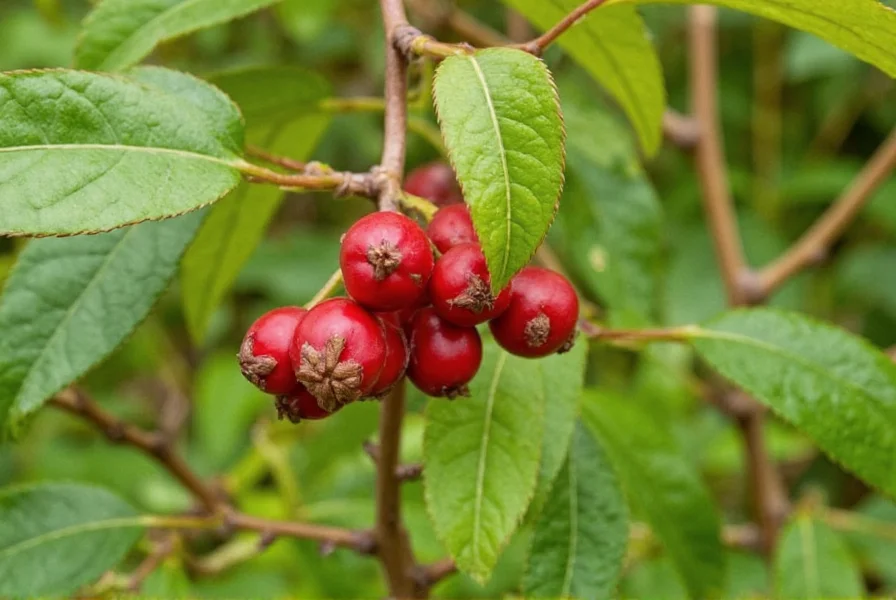
How Cinnamon Is Harvested
The process of harvesting cinnamon is both art and science. Once the tree reaches maturity—usually after about 4–5 years—it's ready for harvest. The bark is carefully stripped from the branches using a specialized knife, revealing the thin, aromatic layer beneath.
This inner bark is then dried, rolled into quills (cinnamon sticks), and eventually ground into powder. The quality of the final product depends on factors like the age of the tree, the time of year, and the drying method. For example, hand-rolled cinnamon sticks often have a more intense aroma than those produced by machines.
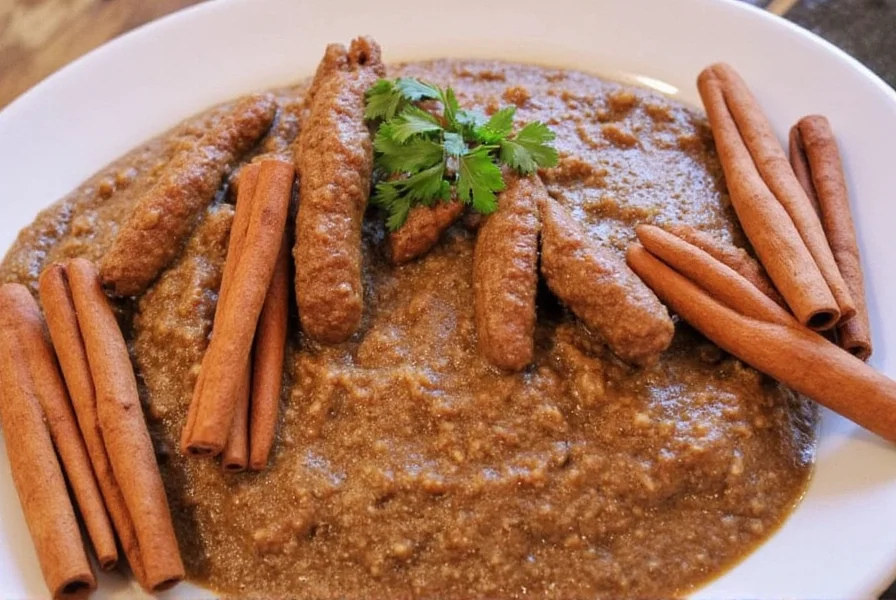
Types of Cinnamon
Not all cinnamon is created equal. There are several types of cinnamon, each with its own unique characteristics:
- Ceylon Cinnamon (True Cinnamon): Known for its delicate, sweet flavor and thin, layered quills, Ceylon cinnamon is considered the highest quality. It's often used in baking and desserts.
- Cassia Cinnamon: This is the more common and affordable variety found in supermarkets. It has a stronger, more pungent flavor and thicker quills. It's popular in savory dishes and coffee drinks.
- Chinese Cinnamon (Cinnamomum cassia): Often confused with Cassia, it's similar in taste but has a slightly different texture and aroma.
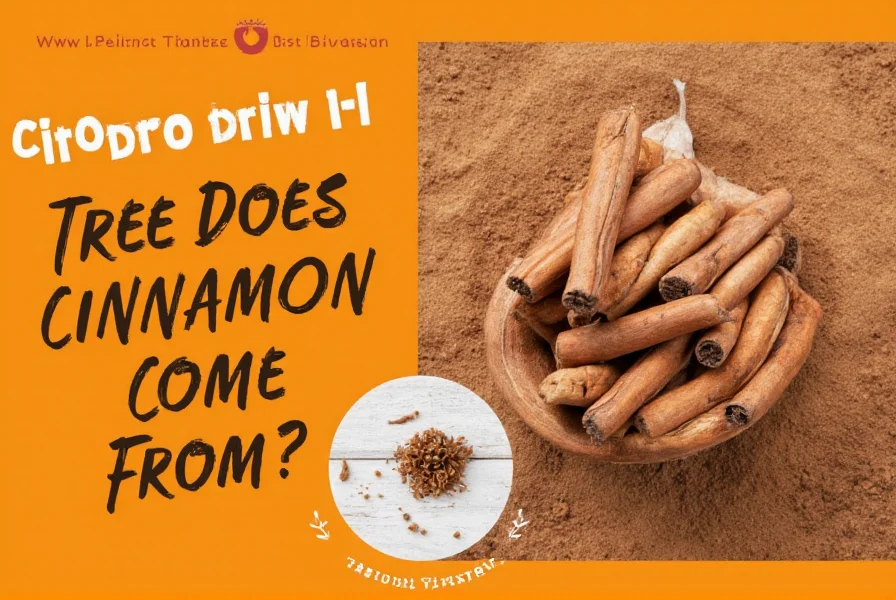
Cinnamon in the Kitchen
Cinnamon is a versatile spice that can elevate both sweet and savory dishes. Here are some ways to use it:
- Baking: Add it to cookies, cakes, pies, and breads for warmth and depth.
- Drinks: Enhance coffee, tea, hot chocolate, and even cocktails with a hint of cinnamon.
- Savory Dishes: Use it in stews, curries, and meat rubs to add complexity.
- Oatmeal & Smoothies: Sprinkle it over breakfast items for a quick boost of flavor and health benefits.
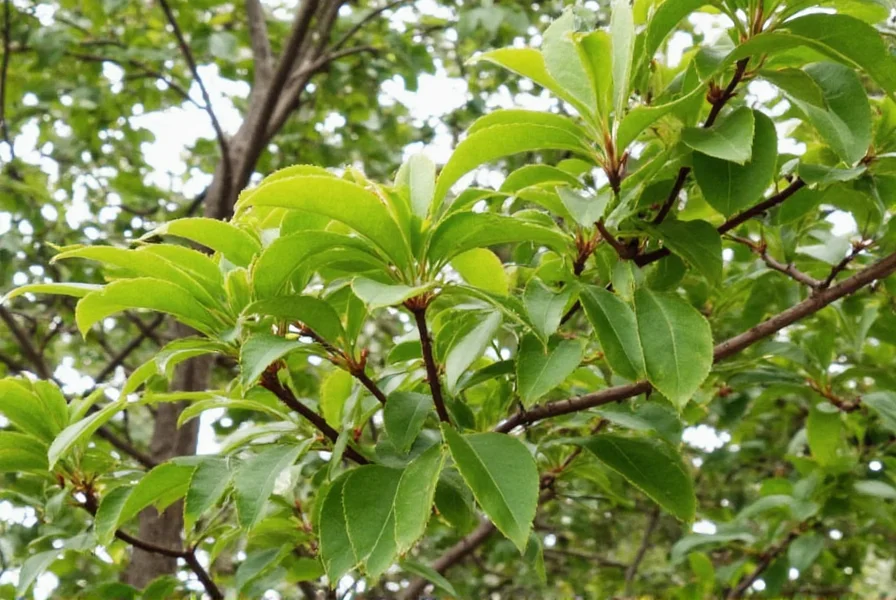
Buying Guide
| Product | Features | Advantages | Use Cases | Target Audience | Suitable Occasions |
|---|---|---|---|---|---|
| Ceylon Cinnamon Sticks | Thin, curling quills with a subtle, sweet aroma | Higher quality, better flavor, less coumarin | Baking, desserts, specialty drinks | Chefs, home bakers, spice enthusiasts | Special occasions, holiday baking |
| Cassia Cinnamon Powder | Coarse texture, strong flavor | More affordable, widely available | Savory dishes, coffee, baked goods | Everyday cooks, budget-conscious buyers | Daily meals, casual gatherings |
| Ground Cinnamon | Powder form, easy to measure | Convenient for immediate use | Smoothies, oatmeal, sauces | Busy professionals, quick meal prep | Breakfast, snacks, weeknight dinners |
If you're looking for a premium option, consider organic Ceylon cinnamon or single-origin varieties for a more distinct flavor profile. Always check the label to ensure you're getting the real thing, not a mix of cinnamon and other bark.

Frequently Asked Questions About Cinnamon Trees
What kind of tree does cinnamon come from?
Cinnamon comes from trees of the Cinnamomum genus, particularly Cinnamomum verum (also known as Ceylon cinnamon). This evergreen tree is native to Sri Lanka and produces the inner bark that becomes the cinnamon spice we use in cooking and baking.
How long does it take for a cinnamon tree to mature?
Cinnamon trees typically reach maturity and are ready for harvesting after about 4-5 years of growth. At this point, the bark has developed sufficient aromatic compounds to produce high-quality cinnamon.
What's the difference between Ceylon cinnamon and Cassia cinnamon?
Ceylon cinnamon (from Cinnamomum verum) has a delicate, sweet flavor with thin, layered quills. Cassia cinnamon (from Cinnamomum cassia) has a stronger, more pungent flavor with thicker, harder quills. Ceylon is often considered higher quality and contains less coumarin, a compound that can be harmful in large quantities.
Can I grow a cinnamon tree at home?
Yes, but it requires specific conditions. Cinnamon trees need a tropical or subtropical climate with high humidity, warm temperatures year-round, and well-draining soil. In cooler climates, they can be grown in pots indoors but may not reach full size or produce harvestable bark.
Is cinnamon bark safe to eat?
Yes, the inner bark of cinnamon trees is completely safe to eat and is what we consume as the spice. However, Cassia cinnamon contains higher levels of coumarin, which can be harmful in very large quantities over time. Ceylon cinnamon has much lower coumarin levels and is preferred for regular consumption.
Why is Ceylon cinnamon called "true cinnamon"?
Ceylon cinnamon is called "true cinnamon" because it comes from the original species (Cinnamomum verum) that was historically traded as cinnamon. The name "verum" means "true" in Latin. While other varieties like Cassia are also marketed as cinnamon, Ceylon is considered the authentic variety that matches the historical descriptions of cinnamon.
Conclusion
Cinnamon comes from trees of the Cinnamomum genus, primarily Cinnamomum verum (Ceylon cinnamon) and Cinnamomum cassia (Cassia cinnamon). From its origins in Sri Lanka to its global culinary use, this spice has become a symbol of comfort and tradition.
Understanding where your spices come from adds depth to your cooking experience. Next time you sprinkle cinnamon on your morning toast, appreciate its journey from tree bark to your kitchen.
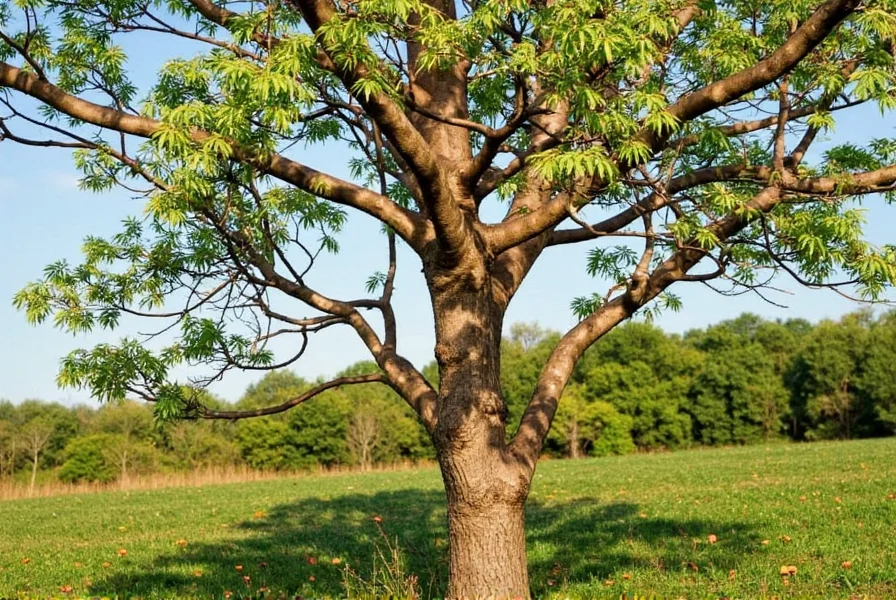

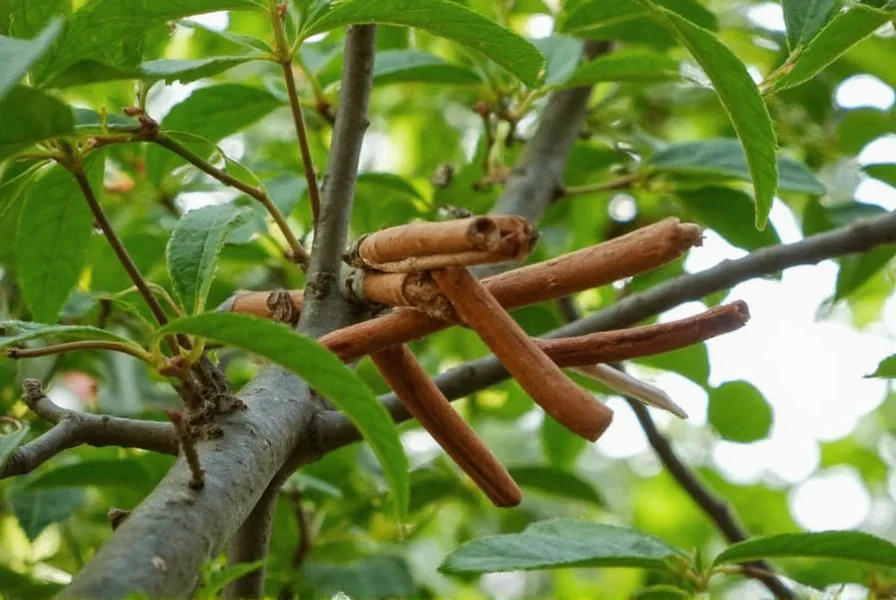









 浙公网安备
33010002000092号
浙公网安备
33010002000092号 浙B2-20120091-4
浙B2-20120091-4